Conclave Explained: A Step-by-Step Guide To The Papal Election
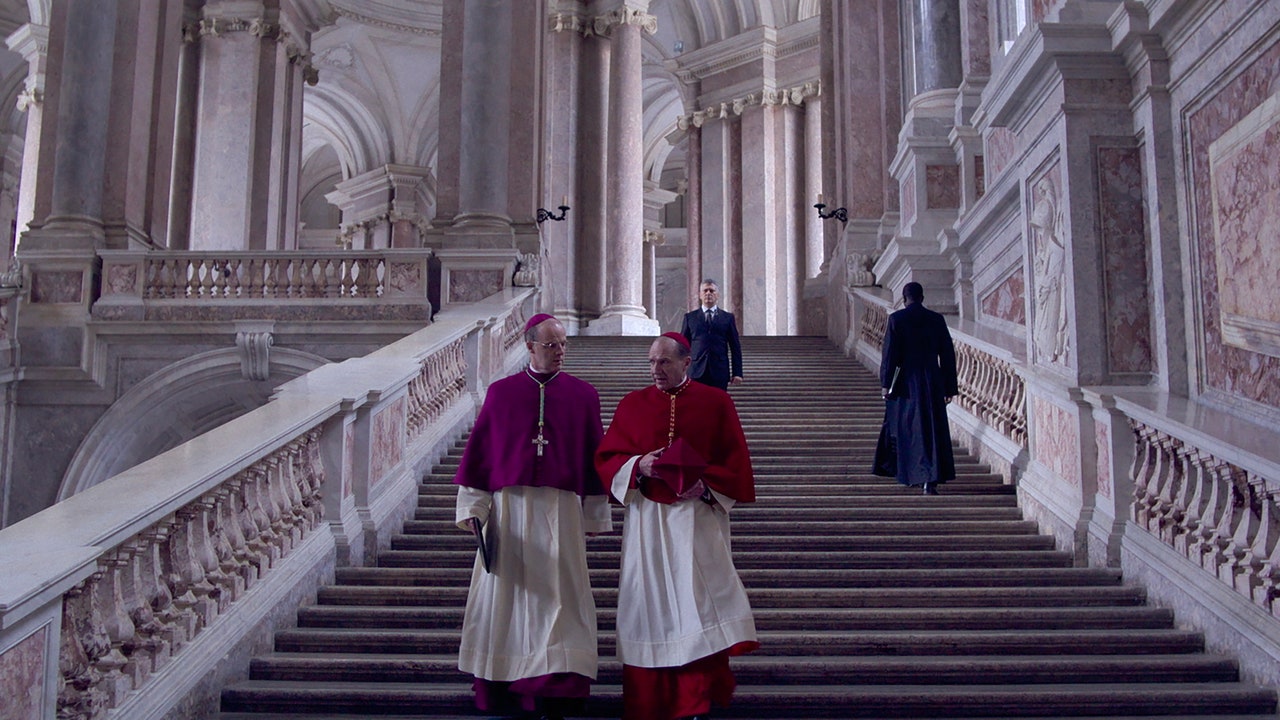
Table of Contents
The Stages Leading Up to the Conclave
The Death or Resignation of the Pope
The official announcement of a Pope's death or resignation marks the beginning of the Sede Vacante – the period of vacancy in the Papacy. This period is observed with a time of mourning and reflection within the Church. The procedures immediately following the Pope's passing or resignation are precise and carefully followed:
- The Cardinal Camerlengo (Chamberlain) assumes responsibility for the Vatican City State.
- The death is officially confirmed, and the body is prepared for a public viewing.
- The College of Cardinals is notified, and preparations for the Conclave commence.
The Cardinal Camerlengo's responsibilities during the Sede Vacante are crucial and include:
- Ensuring the security and administration of the Vatican.
- Managing Vatican finances and affairs.
- Preparing for the Papal Election.
- Supervising the sealing of the papal apartments.
The Congregation of Cardinals
The next stage involves the gathering of Cardinals eligible to participate in the Conclave. Eligibility is determined by age (under 80 years old) and appointment by a previous Pope. The process of summoning the Cardinals involves:
- Formal notification sent to each eligible Cardinal.
- Arrangements for travel and accommodation in Rome.
- Security protocols ensuring the safety and well-being of the Cardinals.
The logistical arrangements for the Cardinals’ arrival and accommodation in Rome are complex and carefully managed:
- Private apartments are provided for each Cardinal near the Vatican.
- Transportation and security details are arranged.
- Strict protocols are enforced to minimize external contact and ensure secrecy.
The Conclave Itself: Secrecy and the Election Process
Entering the Conclave
The Conclave officially begins when the eligible Cardinals enter the Sistine Chapel. The security measures are extremely tight, and all access is strictly controlled. Before the proceedings begin, each Cardinal takes a solemn oath of secrecy:
- The oath prohibits revealing any information regarding the voting process or discussions.
- Breaches of this oath are punishable by excommunication.
- Electronic devices and outside communication are strictly forbidden.
The restrictions placed on communication during the Conclave are absolute:
- No contact with the outside world is allowed.
- Cardinals are confined within the designated area.
- Regular checks are carried out to ensure compliance with security measures.
The Voting Process
The voting process itself is meticulously designed to maintain secrecy. Special ballots are prepared and used:
- Each ballot is unique and identifiable only to the Cardinal who cast it.
- Scrutinies (ballots) are conducted until a Pope is elected.
- A two-thirds majority is required for the election to be valid.
If no candidate receives the necessary votes, further scrutinies are held. The process continues until a Pope is chosen:
- Prayers and reflection are interspersed between voting rounds.
- The Cardinals are given time for discussion and deliberation.
- The process continues until a Pope is elected with the required two-thirds majority.
The Announcement of the New Pope (Habemus Papam!)
The announcement of the new Pope is a highly anticipated moment. The appearance of white smoke from the Sistine Chapel chimney signals the election of a new Pope. The Cardinal Protodeacon then formally announces the election:
- The Cardinal Protodeacon steps onto the balcony of St. Peter's Basilica.
- The announcement “Habemus Papam!” ("We have a Pope!") is made.
- The new Pope's name is revealed to the world.
Post-election procedures involve:
- The new Pope's official installation ceremony.
- The commencement of his Papacy.
- The formal communication of the election to the world's Catholic population.
Key Roles and Responsibilities within the Papal Election
The Cardinal Camerlengo
The Cardinal Camerlengo's role during the Sede Vacante is vital. The Camerlengo is responsible for:
- Managing the Vatican's day-to-day affairs.
- Preserving order and stability within the Church.
- Preparing for the Conclave.
The Cardinal Dean
The Cardinal Dean is the leader of the College of Cardinals. Their role in the Papal Election includes:
- Presiding over the pre-Conclave meetings.
- Overseeing the logistical aspects of the Conclave.
- Guiding the Cardinals during the election process.
The Cardinal Protodeacon
The Cardinal Protodeacon has the distinct honor of announcing the election of the new Pope. Their responsibilities include:
- Confirming the election results.
- Announcing the new Pope's name to the world.
- Assisting the new Pope during his official installation.
Conclusion
This guide has provided a comprehensive understanding of the Papal Election, a complex yet fascinating process with deep historical and religious significance. Understanding the steps involved, from the initial preparations to the announcement of "Habemus Papam!", reveals the intricate workings of this pivotal moment in the Catholic Church. By clarifying the roles of key figures and highlighting the secrecy surrounding the Conclave, we aim to demystify this significant event. For a deeper dive into the intricacies of the Papal Conclave, further research into the historical context and evolving practices of electing the Pope is recommended. Learning about the Papal Election process is a valuable step in understanding the dynamics of the Catholic Church. Understanding the Papal Election, including the complexities of the Conclave, provides a deeper appreciation for the Catholic faith's leadership transition.

Featured Posts
-
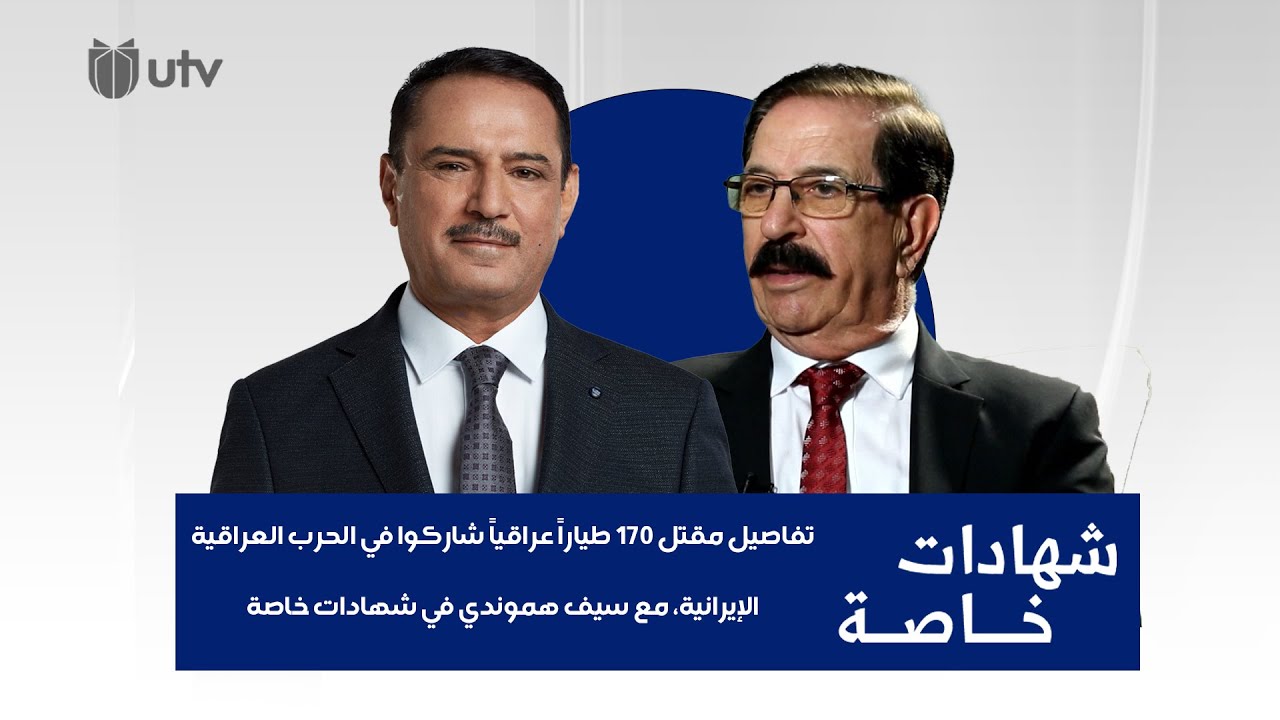 Albwlysaryw Thtjz Tyara Ajnbya Tfasyl Alhadtht
May 07, 2025
Albwlysaryw Thtjz Tyara Ajnbya Tfasyl Alhadtht
May 07, 2025 -
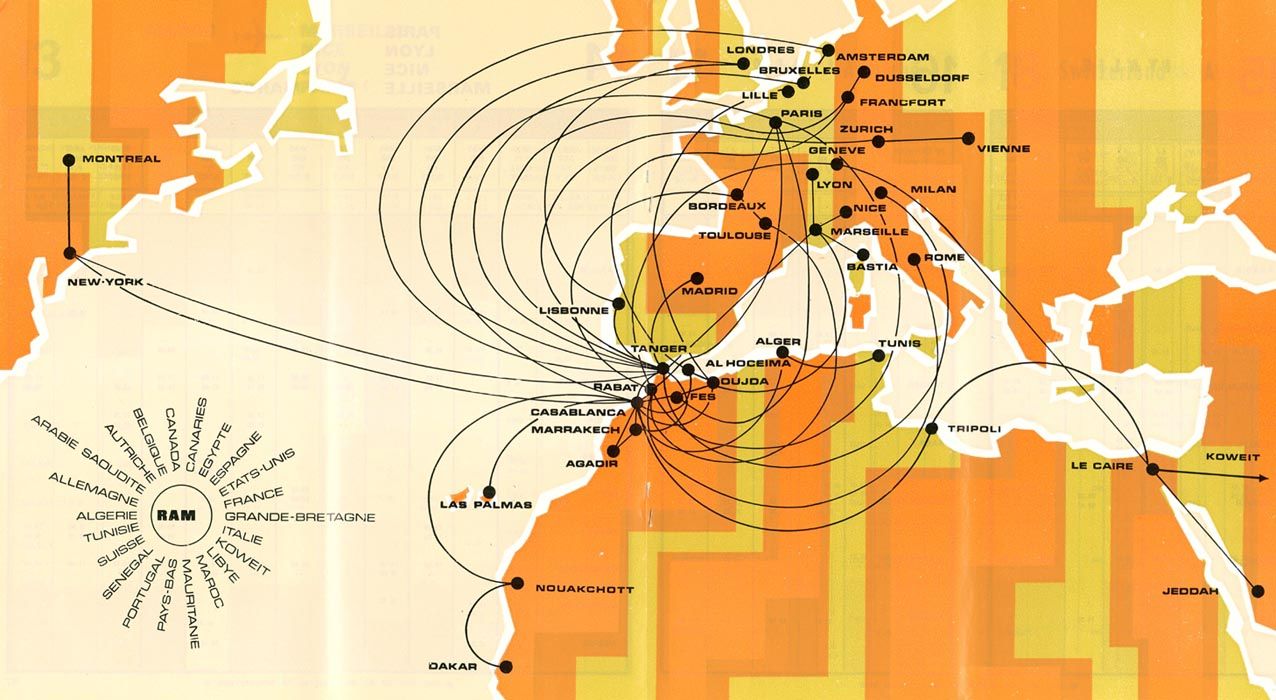 New Royal Air Maroc Route Stansted To Casablanca Now Available
May 07, 2025
New Royal Air Maroc Route Stansted To Casablanca Now Available
May 07, 2025 -
 1 Billion Loan Fuels Catls Indonesian Battery Plant Expansion
May 07, 2025
1 Billion Loan Fuels Catls Indonesian Battery Plant Expansion
May 07, 2025 -
 The Karate Kids Influence On Netflixs Cobra Kai An In Depth Look
May 07, 2025
The Karate Kids Influence On Netflixs Cobra Kai An In Depth Look
May 07, 2025 -
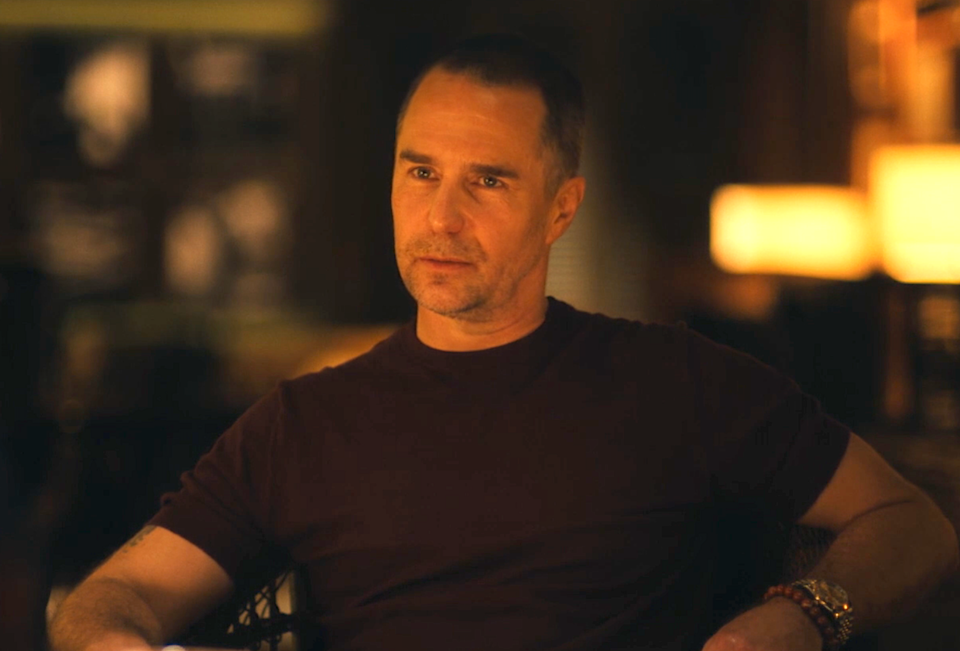 Nbc New York Reports Oscar Winner Makes White Lotus Appearance
May 07, 2025
Nbc New York Reports Oscar Winner Makes White Lotus Appearance
May 07, 2025
Latest Posts
-
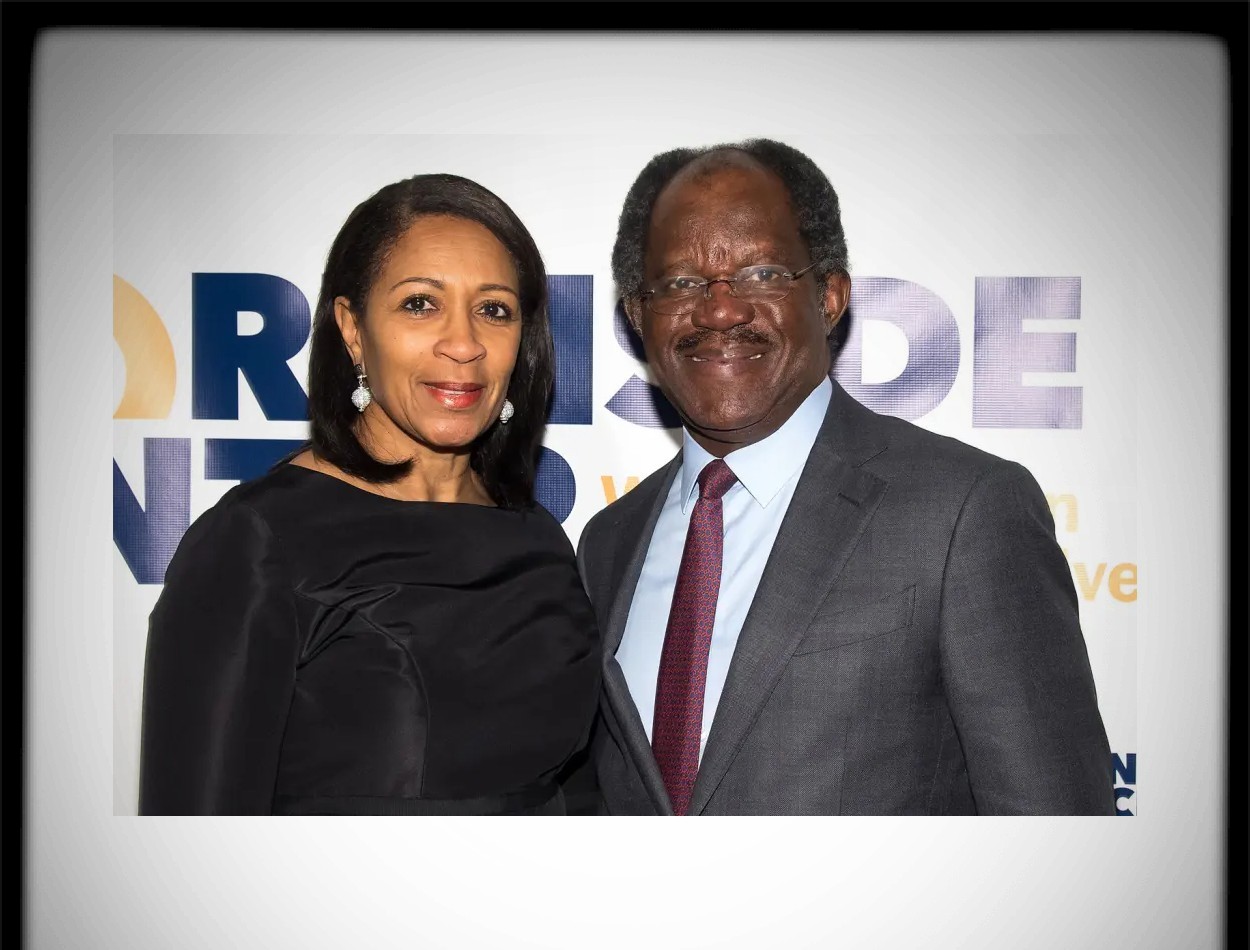 Black Rock Etf Billionaire Investment Signals Potential 110 Surge In 2025
May 08, 2025
Black Rock Etf Billionaire Investment Signals Potential 110 Surge In 2025
May 08, 2025 -
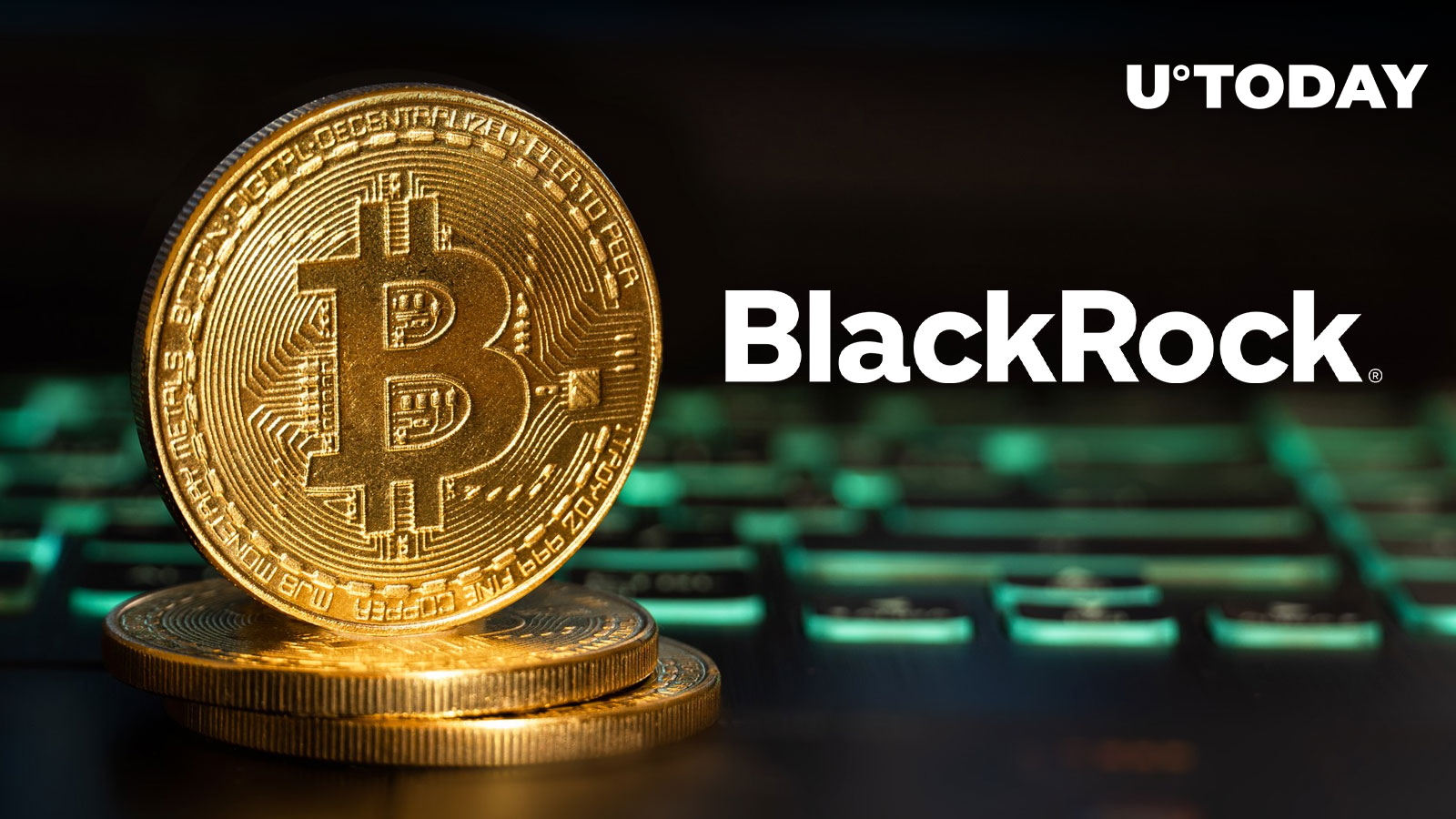 Billionaires 110 Etf Bet Black Rock Fund Poised For Massive Growth In 2025
May 08, 2025
Billionaires 110 Etf Bet Black Rock Fund Poised For Massive Growth In 2025
May 08, 2025 -
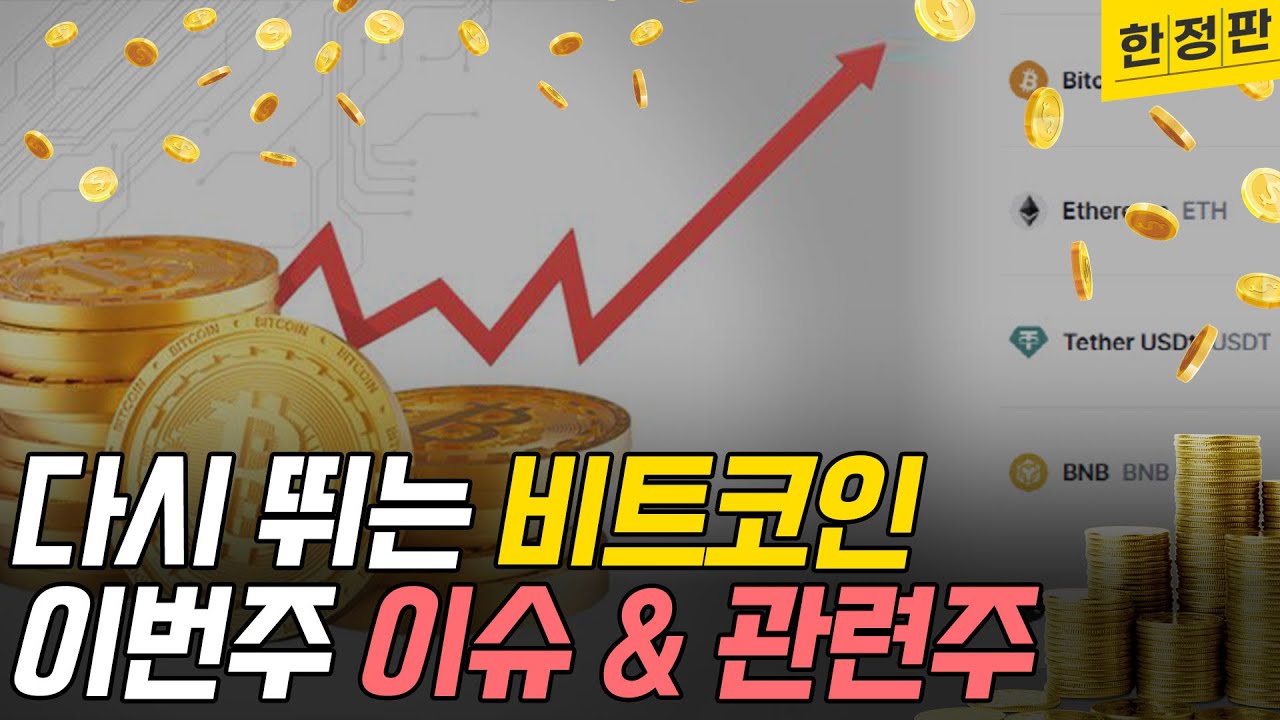 360
May 08, 2025
360
May 08, 2025 -
 Black Rock Etf A 110 Potential Return Why Billionaires Are Investing
May 08, 2025
Black Rock Etf A 110 Potential Return Why Billionaires Are Investing
May 08, 2025 -
 Trumps Crypto Chief Predicts Bitcoin Price Jump After Market Surge
May 08, 2025
Trumps Crypto Chief Predicts Bitcoin Price Jump After Market Surge
May 08, 2025
